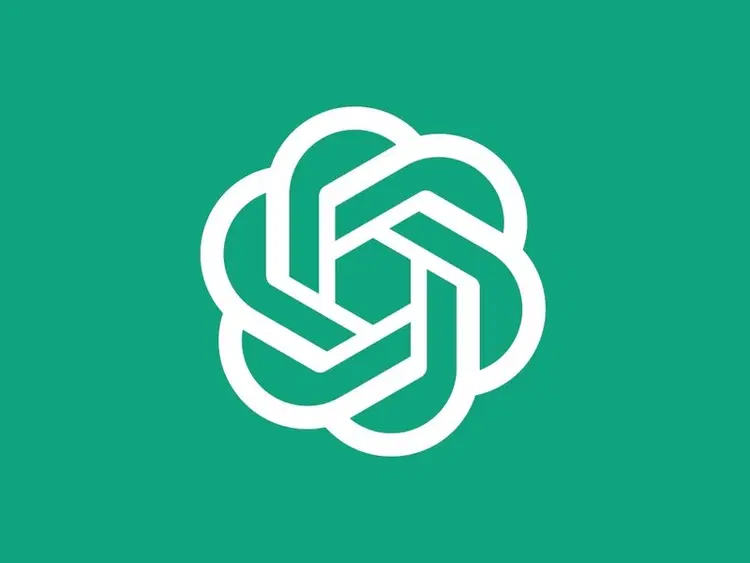The rise of artificial intelligence (AI) is triggering a transformation across industries, and education is no exception. Tools like ChatGPT and similar AI-powered platforms are rapidly changing the landscape of teaching and learning, offering both unprecedented opportunities and potential challenges for educators and students alike. These technologies are not just about automating tasks; they represent a fundamental shift in how knowledge is delivered, accessed, and applied.
One of the most significant impacts of AI in education is the potential for personalized learning. AI algorithms can analyze vast amounts of data on student performance, learning pace, and preferences to create tailored educational experiences. This means students can learn at their own speed, focusing on areas where they need the most improvement. Intelligent tutoring systems (ITS), powered by AI, offer one-on-one instruction aligned with each student's needs, providing real-time progress monitoring and targeted feedback. This individualized approach can enhance student engagement, reduce frustration, and build confidence, ultimately leading to improved educational outcomes. Tools like DreamBox Learning and Prodigy Math adjust lessons in real-time based on individual performance, exemplifying this trend.
Beyond personalization, AI is also streamlining administrative tasks for teachers. Automated grading tools, such as Gradescope, can evaluate assignments and provide instant feedback, saving teachers valuable time. AI can also assist with lesson planning, content creation, and generating practice exercises. By automating these routine tasks, AI frees up teachers to focus on what they do best: connecting with students on a personal level, understanding their motivations and challenges, and providing meaningful guidance and inspiration. This shift allows teachers to act as mentors and facilitators, enhancing the educational experience beyond mere information delivery.
AI is also making education more accessible to students with disabilities and those in underserved areas. Tools that offer text-to-speech, visual recognition, and speech recognition can adapt resources to provide equal learning opportunities for all students. AI-powered platforms can translate languages, breaking down language barriers and allowing more students to pursue an education. Furthermore, AI can provide virtual field trips and immersive learning experiences, expanding students' horizons and bringing the world into the classroom, regardless of their geographic location or socioeconomic status.
However, the integration of AI in education is not without its challenges. Concerns about data privacy, algorithmic bias, and the potential for over-reliance on technology are valid and need to be addressed. It's crucial to ensure that AI tools are used ethically and responsibly, with a focus on equity and inclusivity. Maintaining the human element in teaching is also essential; AI should augment, not replace, the role of teachers. Teachers provide emotional support, manage classrooms, foster social and communication skills and serve as mentors and role models, aspects that AI cannot replicate.
To fully leverage the potential of AI in education, educators need adequate training and support. They need to understand how to use AI tools effectively, how to interpret the data they provide, and how to integrate them into their teaching practices in a way that enhances student learning. Institutions also need to invest in the necessary infrastructure and resources to ensure that all students have access to AI-powered learning tools.
The future of education lies in combining human intelligence with artificial intelligence, enhancing the relationship between educators and their students. AI offers a powerful tool to make learning more efficient, personalized, and engaging, ultimately helping students succeed in a rapidly changing world. As AI continues to evolve, it's essential to approach its integration into education thoughtfully and strategically, with a focus on maximizing its benefits while mitigating its potential risks. The goal is to create a more inclusive, effective, and equitable educational system for all learners, preparing them for the challenges and opportunities of the future.

















